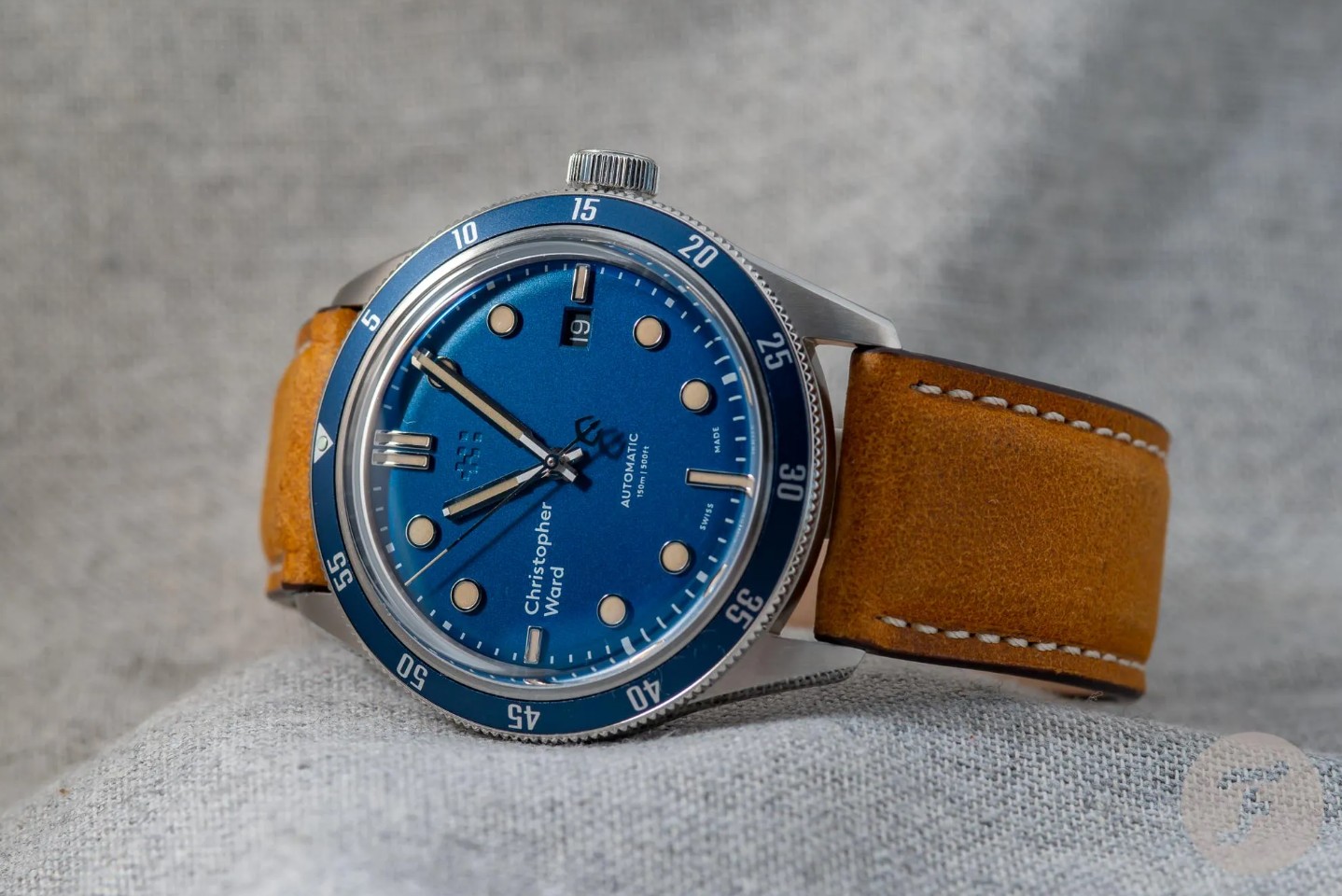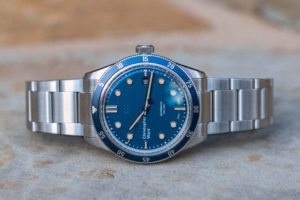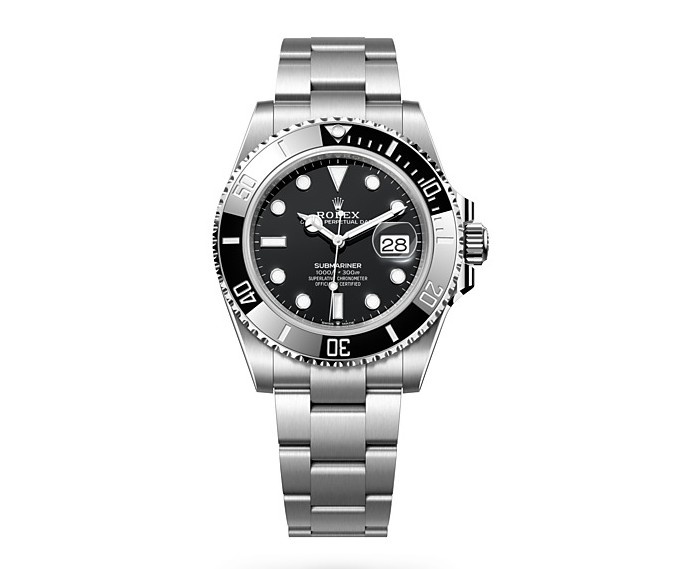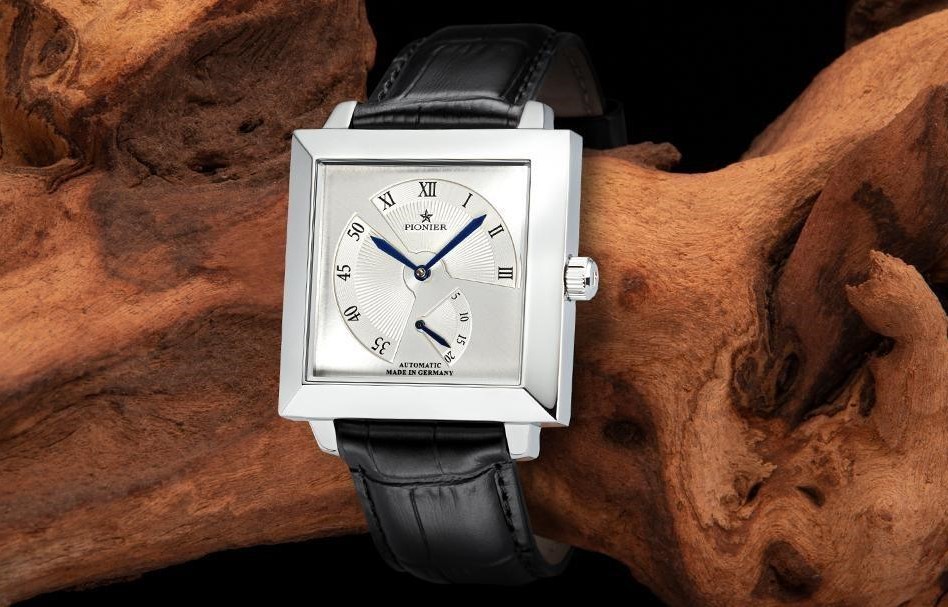
Christopher Ward C65 Trident in-Depth Review
The visual appeal of the Christopher Ward C65 Trident is just as striking in photographs as it is when examining its specifications. Its impressive nature compelled me to go to great lengths to obtain and thoroughly evaluate one of the 150 limited edition units for a firsthand review. Fortunately, they graciously provided me with a sample, and after wearing it on my wrist for two weeks, my admiration remains unwavering. If you’re keen on discovering the distinctive features that set this watch apart, continue reading!

Power Reserve
From my earliest memories, I have been captivated by the intriguing power reserve complication. While some may perceive it as excessive or superficial, others question its significance within an automatic movement. Admittedly, there have been occasions when I momentarily disregarded my fondness for the power reserve feature. However, whenever I encounter a freshly unveiled timepiece or stumble upon a vintage watch adorned with this complication, I find myself enthralled anew. It is only now, after spending the past fortnight donning the Christopher Ward C65 Trident, that I have comprehended the true depth of my admiration for power reserve watches.
There is a shared characteristic among alarm functions, annual calendars, day and date displays, moon phases, chronographs, and time zones. However, this particular feature is absent in the power reserve, also known as the réserve de marche. While all the aforementioned features provide information that can be easily obtained elsewhere, they have been rendered obsolete by modern technologies, such as readily accessible mobile phones. What truly captivates me about the power reserve is its ability to indicate the remaining energy in your timepiece. In this regard, the power reserve on the watch dial occupies a distinctive position when compared to other complex functions.
Initial Thoughts
Let’s address the doubts raised by skeptics directly. What would be the purpose of incorporating a power reserve feature into a diver’s watch? I understand the concern, but on the other hand, why would you not include it if you have the opportunity? The creative minds at CW clearly felt unrestricted in their design choices. As a result, I must admit that the outcome is truly invigorating. There is an intangible quality to this watch that still eludes me, and I haven’t completely deciphered its allure. However, what I can confidently assert is that as I gaze at it now, my eyes dance with enthusiasm, just as they did the very first time I laid eyes on a photograph of this remarkable timepiece.
Bezel and crystal
When I glance at the C65 Trident, I can’t help but sense a resemblance to a Ressence watch. It may sound absurd, but it’s the flat crystal positioned apart from the slim yet sturdy bezel, distinguished by an additional delicate ring. At first glance, it’s barely noticeable, easily overlooked. The bezel, ring, and crystal appear incredibly sleek and tightly fitted, as though not even a solitary molecule could penetrate them.
Date and sub registers
I must commend the remarkable implementation of the date feature. The aperture is exceptionally inconspicuous, giving the impression that the date is seamlessly integrated into the dial. Furthermore, I appreciate the departure from the conventional linear shape for the date window. The intricate design and formation of the sub-second and power reserve displays add an extra layer of sophistication, reminiscent of the distinctive aesthetics seen in Ressence timepieces. Both sub-dials are subtly recessed, creating a distinct separation from the inner structure of the watch. Although the description may suggest an excessive elaboration, the execution is precisely balanced. Under certain lighting conditions, the interplay of reflections produces an intriguing effect, giving the illusion that the inner structure moves autonomously from the sub-register track. This attention to detail is a delightful addition.

Dial
The slender and elongated hour markers are as straightforward as the minute track. I appreciate the broader square positioned above the twelve. The markers harmonize with the watch’s overall design. I admire how the hands of the sub-dials mimic the style of the central hand. Additionally, it’s appealing that the power reserve indicator shares the same hand as the sub-seconds, rather than having a more distinguished one. These elements possess a functional aspect and even exhibit a subtle luminescence. Although I have some slight reservations about the central hands resembling enlarged versions of the sub-dial hands, I ultimately don’t find them disruptive. On the contrary, they facilitate accurate time reading. This contrast may be attributed to the brushed center and polished sides, which further contribute to the watch’s aesthetic appeal.
Movement
Many emerging brands that lack a long-established history now offer in-house movements. Their names are numerous, showcasing a growing trend in the industry. The SH21 timepiece, in particular, possesses several captivating features. Not only was it meticulously crafted in-house, but it also boasts COSC accuracy, maintaining a remarkable tolerance of -4/+6 seconds per day. Additionally, its power reserve counter deviates from the conventional display of hours, instead showcasing the remaining days due to its impressive twin-barrel system. These exceptional qualities are truly noteworthy considering the SH21’s accessible price point of 2,000 euros. Despite its remarkable attributes, the SH21 has not received the widespread recognition it genuinely deserves since its introduction to the horological community.
The case
The Trident diver from the C65 Limited Edition is not the slimmest timepiece, but it boasts a cleverly designed case and case back. When viewed from the lug’s side, you’ll notice a distinct spacecraft-like contour, sloping sharply up and down from the center. This unconventional curvature leads to a unique and somewhat exposed crown setting, particularly when observed from the underside. The bezel, slightly wider than the case, intriguingly mimics the crown’s shape, adding another distinctive element. The crown itself is sufficiently wide, ensuring effortless and gratifying winding.

Straps
When selecting a watch with a 41mm diameter, it is crucial to exercise caution. As someone who appreciates smaller sizes, I can confidently recommend the C65 trident as a worthy contender. To personalize my timepiece, I decided against the bracelet and black leather options, instead requesting Christopher Ward to provide me with camel leather and hybrid blue straps. Given my preference for supple leather, the camel strap ended up being the one I wore most frequently. However, I must admit that the blue hybrid strap possesses a captivating charm that is truly irresistible. During scorching summer days, it would undoubtedly be my top choice.
Final thoughts
Christopher Ward has skillfully crafted a sophisticated diver’s watch that boasts an impressive power reserve, making it nearly impossible to resist. Throughout the span of two weeks, I remained captivated by its allure and wore it with greater enthusiasm compared to other watches that were sent for testing. Its versatility is evident as it seamlessly complements both my casual jumpers and freshly pressed shirts. Considering the reasonable price offered by CW, along with its in-house movement featuring a remarkable 5-day power reserve and a limited production of only 150 pieces, I find myself contemplating the sale of one of my cherished vintage chronographs to make room for this striking matte blue novelty. If you appreciate diver’s watches while also valuing a touch of elegance, the CW Trident C65 may just be the perfect choice for you.



